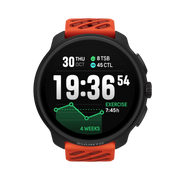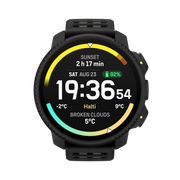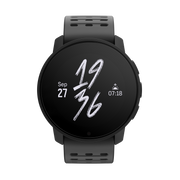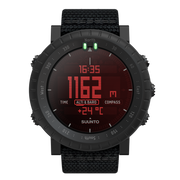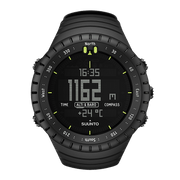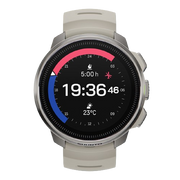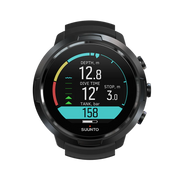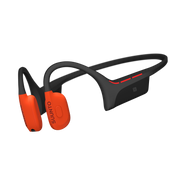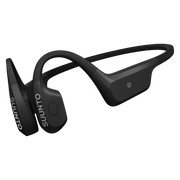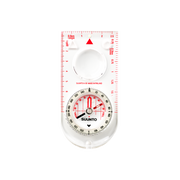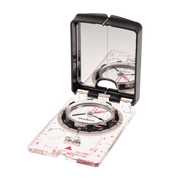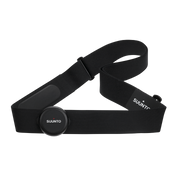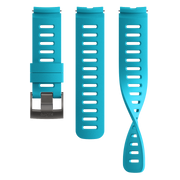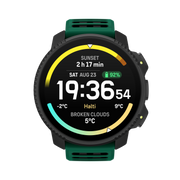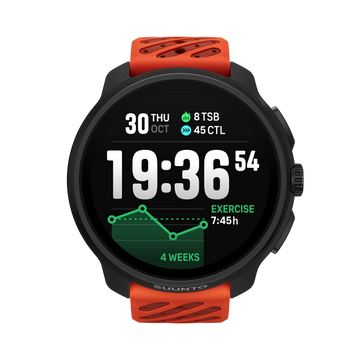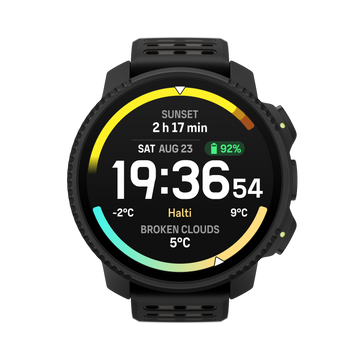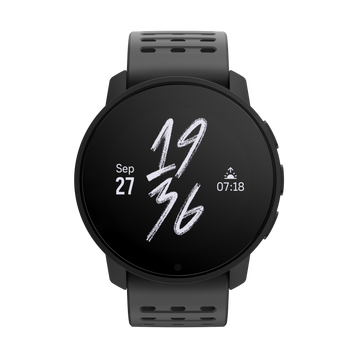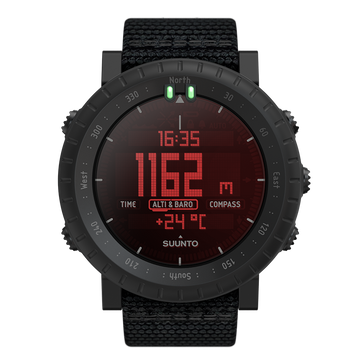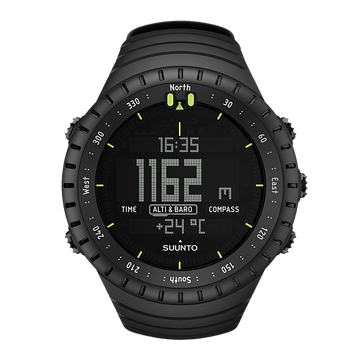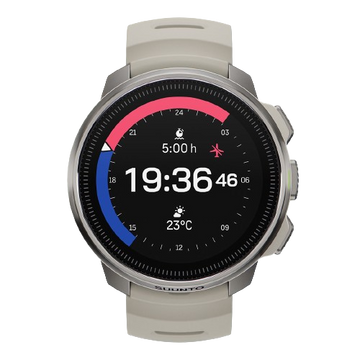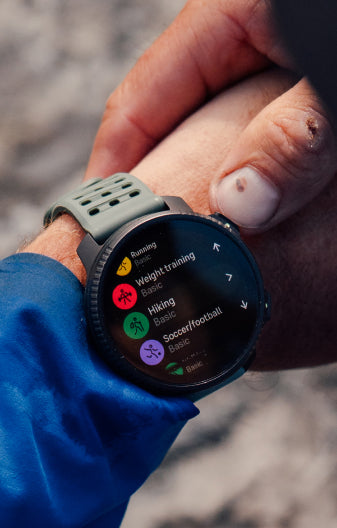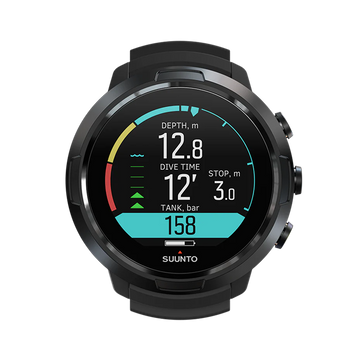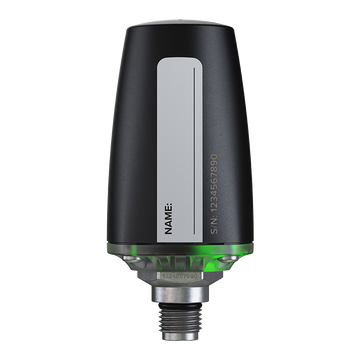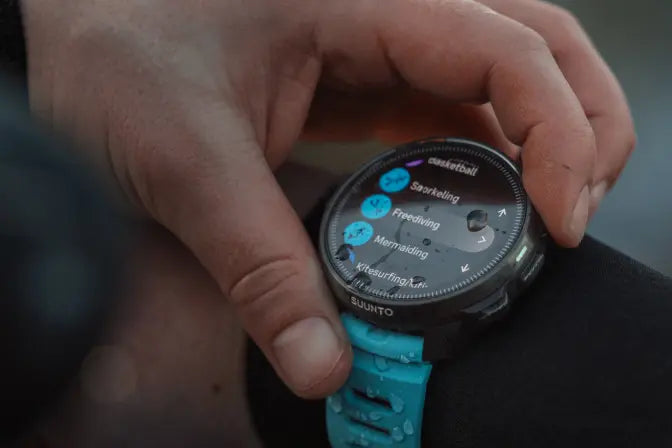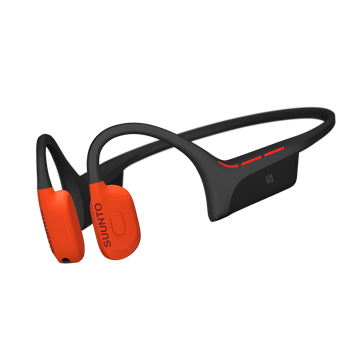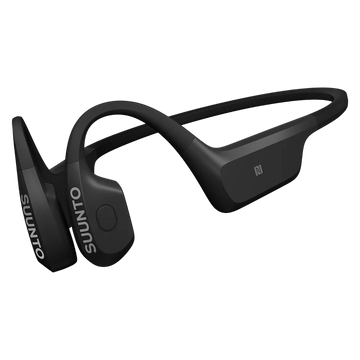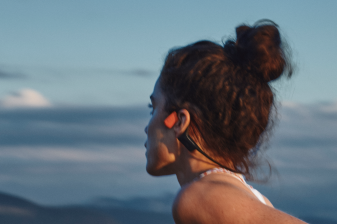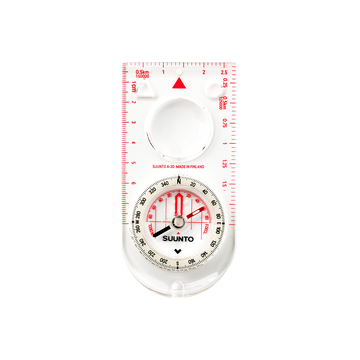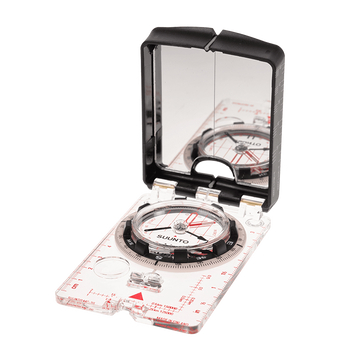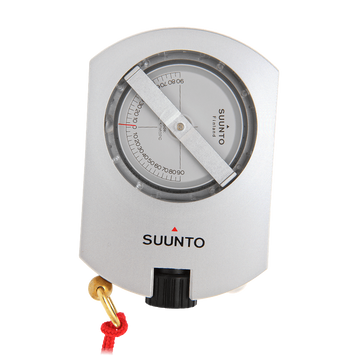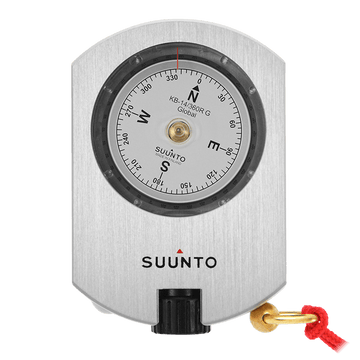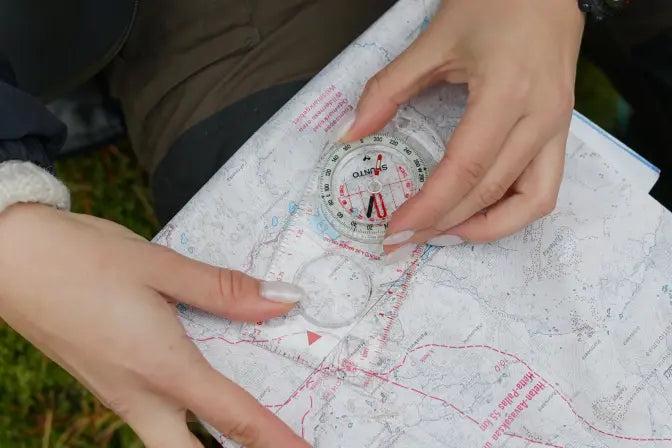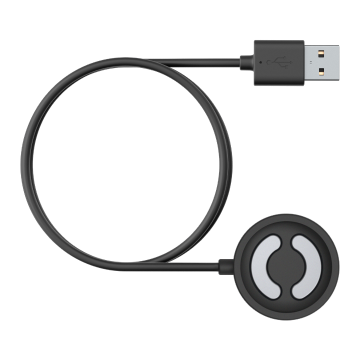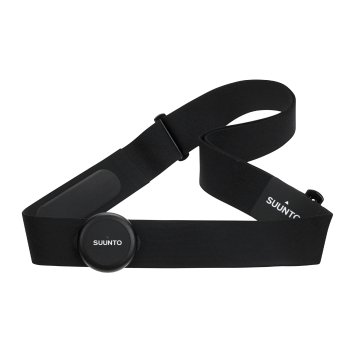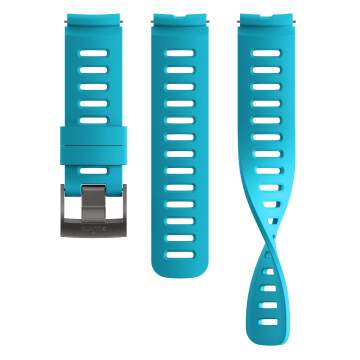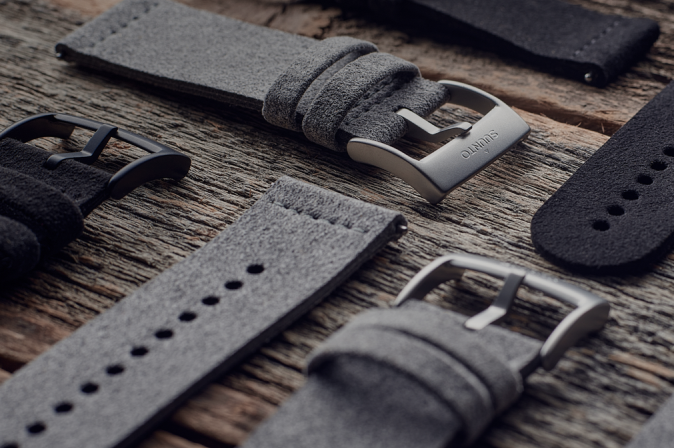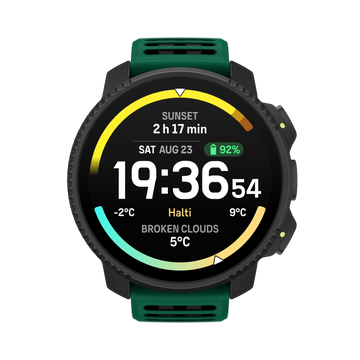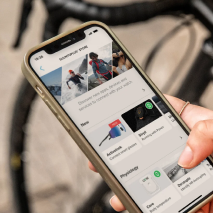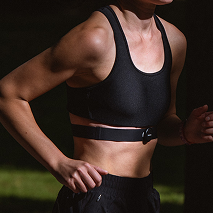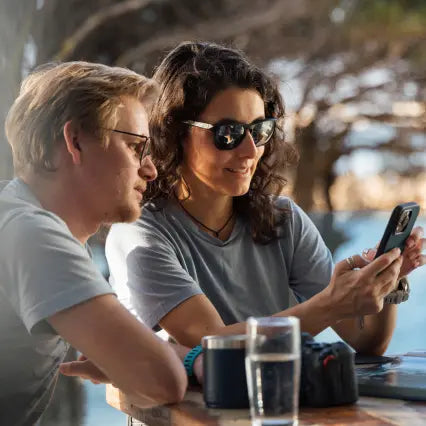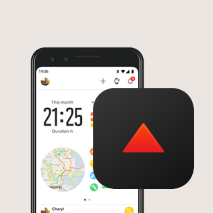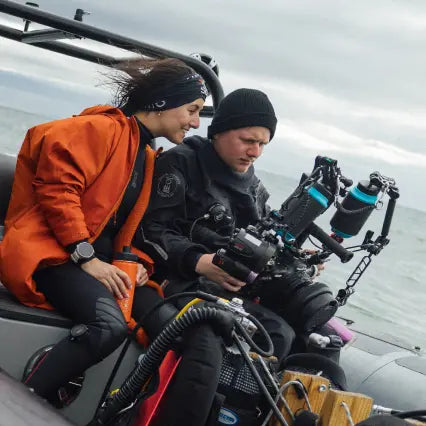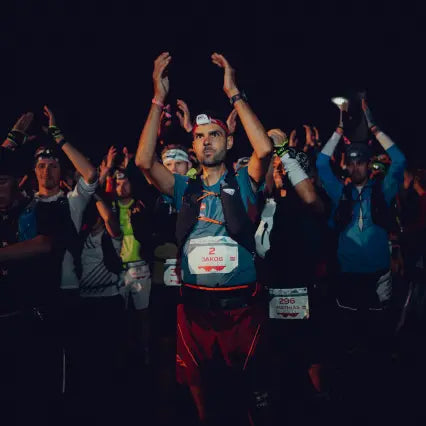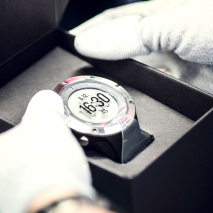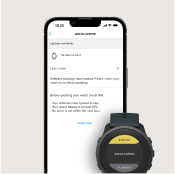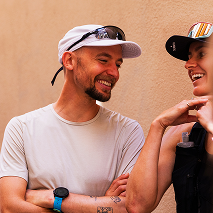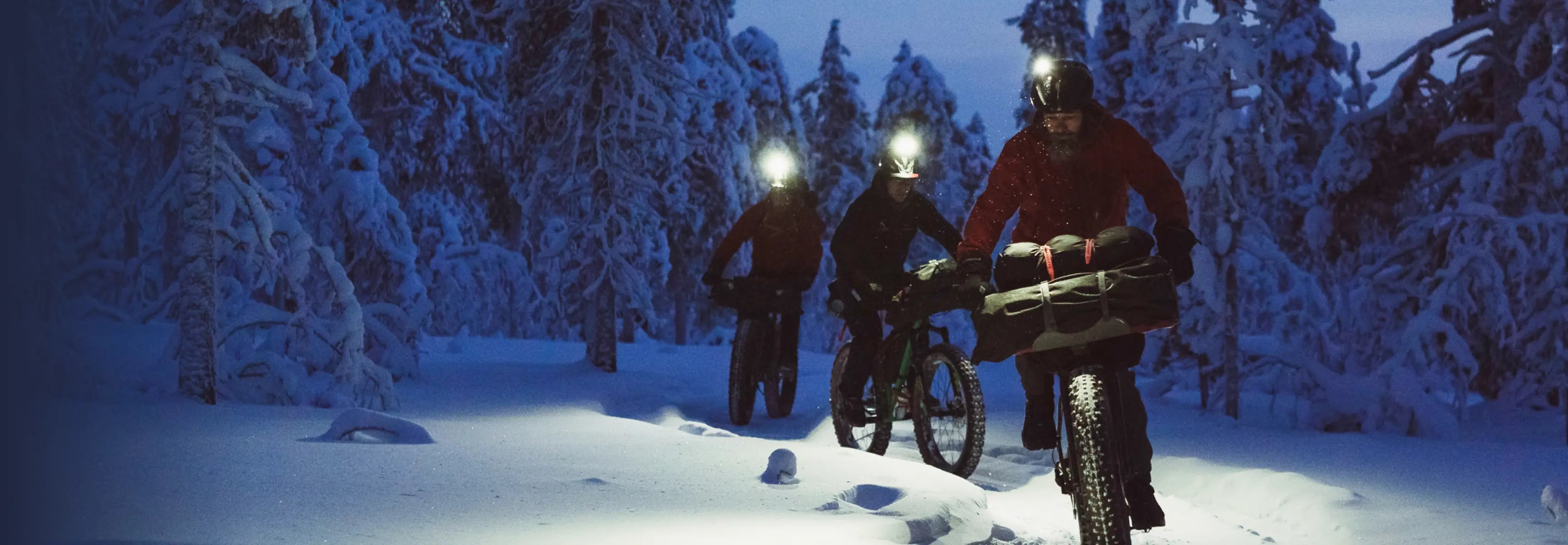
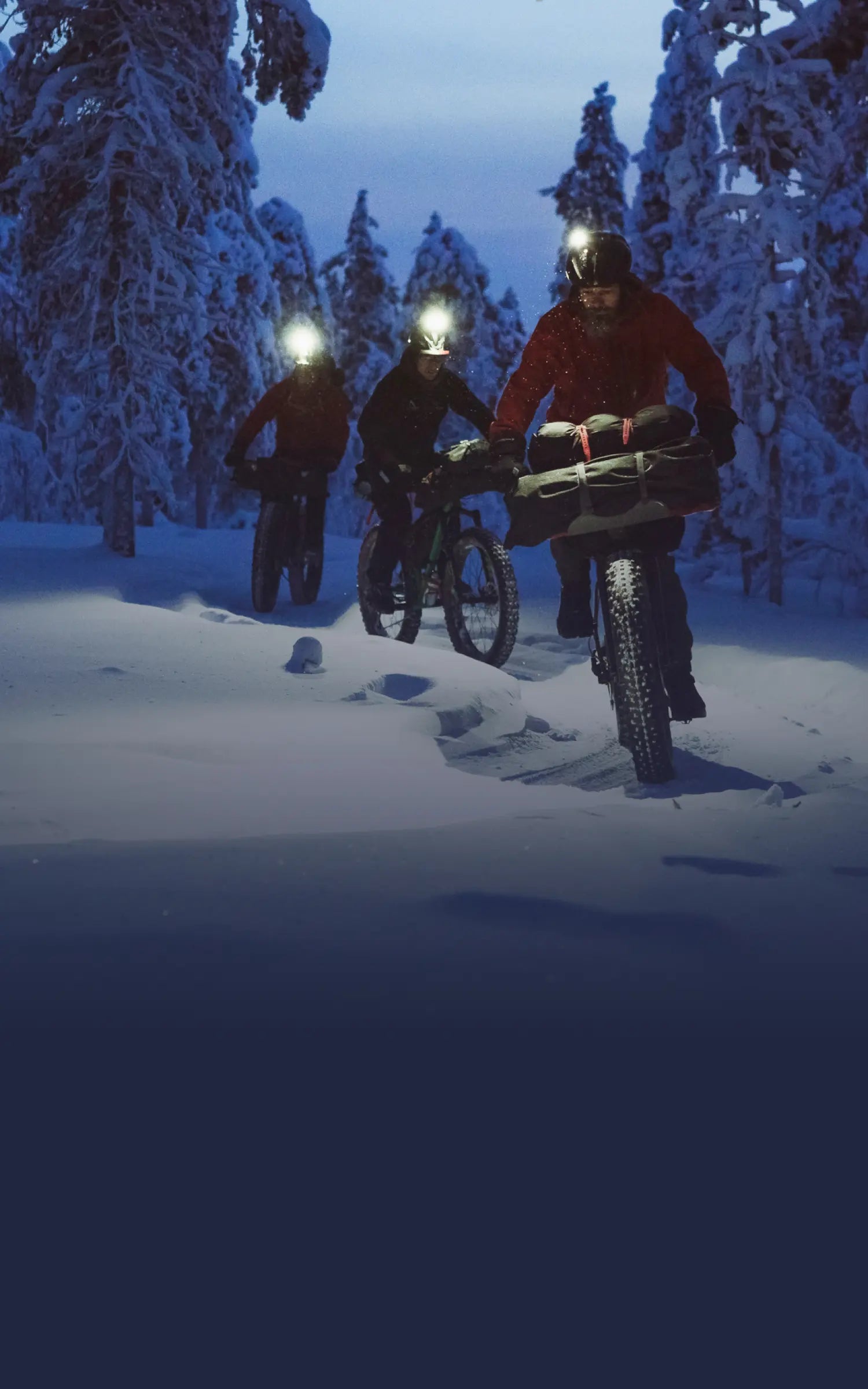
Suunto Blog
Suunto 3 Fitness Tracks Sleep Quality - What Can I Do to Improve It?
Thanks to your Suunto 3 you can see when things are heading in the right direction, know when it is time to stay the course, and when it’s time to make some changes. You can also follow along to learn which strategies and solutions are the most effective for you.
Here are 5 tips to improve your sleep quality
Avoid strenuous physical activity late in the evening.
Regular physical activity is an important part of a healthy lifestyle, but your body doesn’t stop working when you do. Your body can remain in an elevated state long after you finish a workout. As a result, your night time recovery levels may be delayed and diminished.
Establish a regular routine before bed.
We are all creatures of habit, and for the most part we have good instincts for what constitutes a good evening routine. A good stable routine signals your body that it’s time to start winding things down and allows your body to get head start on the work of recovery.
Regulate alcohol consumption.
A glass of wine in the evening is a popular way to relax in the evening, or a few drinks may help unwind after a stressful day. More than a few drinks, however, will almost certainly delay the onset of recovery at night and will result in poor recovery.
Improve your cardiorespiratory fitness (VO2max) with regular physical activity.
As if there weren’t enough reasons to improve your fitness level, here’s one more. The fitter you are the less your body is impacted by stress. You also become more resilient, so that when you do experience stress your body recovers more efficiently. This is true both day and night.
Sleep more.
It’s almost cruel, but sometimes the cause of bad sleep is… wait for it… bad sleep. Chronically poor sleep diminishes your body’s ability to repair itself. It also impairs your ability to interpret situations. This includes the ability to assess your own performance levels, losing touch with yourself and the impact of bad sleep on your effectiveness.
As you think about stress, recovery, and sleep in relation to your own daily routines and lifestyle decisions, it’s worth keeping in mind that stress increases your body’s need for good quality sleep. This is important because busy, hectic schedules that often produce a lot of stress also tend to result in the devaluation of sleep and recovery in favor of doing something more. In the long run, however, the health and productivity benefits of a balanced approach to stress and recovery are well worth it.
Blog post by Herman Bonner / Firstbeat
LEARN HOW TO USE SLEEP TRACKING ON SUUNTO 3 FITNESS

Fuelling the engine: talking nutrition with Emelie Forsberg
For an increasing number of people today nutrition isn’t only a question of what food we eat, it’s also about where that food has come from and how it’s been produced.
When she's not in the mountains, you can find Emelie in her garden or preparing delicious meals. © Matti Bernitz
Eating seasonally
For Swedish mountain running champion Emelie Forsberg sustainability plays an important role in her decision making around diet. For this reason Forsberg eats seasonally. “In the winter, for example, I try not to buy fruit or anything transported from far away places,” she says. “For me, the seasons are something to go through.”
Fall, she says, is a time to begin spending more time indoors, thinking, reading and reflecting, slowing down after the summer. Winter, Forsberg says, is a time for taking care of oneself, resting, and recharging. Spring is a time of awakening, coming out of hibernation, and using more energy. Summer is a time of fun and intensity.
Forsberg eats different foods during each season. “I really enjoy eating in the winter,” she says. “For breakfast, I eat porridge with berries on top. I’m living in Scandinavia, and we have many berries and greens, and a lot of herbs. In the winter we eat a lot of potatoes. The best is eating potatoes with olive oil and salt! In summer, we have smoothies, more salads, and colder foods.”
Straight from the earth
Forsberg is also an avid gardener. Her dream is to become as self sufficient as possible. Leafy greens, beans, potatoes, berries, carrots, you name it, Forsberg is growing it. Gardening, working with the earth, being in harmony with the seasons, is a form of spirituality for Forsberg. She believes the fresher it is the better.
© Kilian Jornet
Relaxed eating
Listening to her body is a big part of how she eats, rather than following meal plans. “I never have a meal plan,” she says. “In the beginning you need to get into a routine, but now I don’t even think about it anymore. You just need to use your imagination. Some people get obsessed about eating healthy. I’m not like that. I’m relaxed in the way I’m eating.”
Bean power
She is a big fan of beans, and admits to eating them at least once a day. “Even bean cakes and bean cookies,” she laughs. “Like, everything beans – 10 different types of beans, five different types of lentils! When you are vegetarian it’s important to know where you are getting your protein from.”
Easy, go-to meals
Forsberg stores a lot of food in her freezer, including bean burger patties. If it’s going to be a busy week she’ll make a big meal on Monday and store it to have again later in the week. “I like to have back up meals.
“I also make pesto out of everything, any type of green, even the tops of carrots,” she says. “A bit of garlic, olive oil, sun seed flower, nuts and seeds, and I eat it with pasta. I was eating it with bean pasta just now!
Salad with carrot and lentil patties
Salad (green salad, rocket, carrots, beets, brussels and onion from the garden)
Patties: 3 carrots, grated4 dl of red lentils; slightly cooked, can be a bit hard.1/2 an onion2 tbsp spoon of tahinia little parsleychili, salt and black pepperMix it all together and fry, or bake them in the oven!
Lead image: Photo by Blair Fraser on Unsplash.

How to customize sport modes with Suunto app
Ultra-runner Francois D’haene wants to keep his sport modes simple.
“To be able to personalize my watch is very important for me,” Francois D’haene says.
On his trail running training sessions from home Francois likes to follow altitude, ascent and duration. For interval sessions he adds a screen with a lap table. In an ultra-race another key metric for Francois is distance.
“I don’t want to have 100 things [on my watch screen], I just want to have some important metrics.”
In ultra races duration, distance and ascent are key metrics for Francois.
Despite being first and foremost a runner, Francois also rides bikes and skis. In cycling, especially on the road, he also wants to see his speed and average speed.
When planning a sport mode for ski touring Francois highlights the importance of navigation: He includes a screen with the breadcrumb trail in his ski touring sport mode and usually plans an actual route. These add safety especially in poor weather and in white-out conditions.
LEARN HOW TO CREATE CUSTOM SPORT MODES WITH SUUNTO APP
With dozens of pre-installed sport modes Suunto multisport watches are ready to go for nearly any activity. However, should you prefer something different you can create more sport modes – and you are not limited to just one per activity type. This is useful if you want to see different metrics during a race, an interval workout and a long run, for example.
Learn how to create a sport mode on the iOS version of Suunto app
Learn how to create a sport mode on the Android version of Suunto app
GET SUUNTO APP
If you don’t use Suunto app yet, you can learn more and download it here. With the app you can customize sport modes and more on Suunto 9, Suunto 3 Fitness and Suunto Spartan watches.
KEEP YOUR SUUNTO WATCH UPDATED
For best performance, ensure that you have the latest software installed in your Suunto 9, Suunto 3 Fitness or Suunto Spartan watch: open SuuntoLink on your computer and connect your watch to your computer with its USB cable. SuuntoLink will prompt for an update if one is available.
Images © Damien Rosso / DROZ Photo

Passing on love of the outdoors to the next generation
At Suunto we believe the more we appreciate and enjoy the great outdoors, the more we will want to protect it. This means those of us fortunate enough to have been given a love of the outdoors have a special responsibility to do as much as we can to ensure the next generation receive the same.
In the same way as ski mountaineer Greg Hill’s parents instilled in him the spirit of adventure and love for the natural world, we can do the same. Even if we don’t have kids, or if they’ve long left the nest, we can support organizations and events that achieve the same.
Passing on the passion
By Greg Hill
I am always a little conflicted around Christmas, societal norms tell me I should be buying gifts for my children. My wife is great, she gets them the things they need and a few of their wants. When I reflect back to the gifts I received as a child, it was the gifts of adventure that I liked best. The gift of a season’s pass at my local ski resort, and the gifts of the gear to ski with. Or the gifts my parents gave without realizing that they were giving them. I have been following their footsteps in this regard.
Our family home was far up a dirt road in Quebec, Canada. Our nearest neighbor was at least one kilometer away, and our house surrounded by deciduous forests. I have very few memories about the town we lived near, most are centered around backyard adventures. I can remember family moments hiking up Round Top mountain, cooking bannoch bread on a stick over an open fire. My parents facilitated my adventures by showing me what was possible. We canoe camped, hiked a lot, downhill skied, Nordic skied, the activities were endless. I cannot thank my parents enough for bringing me up appreciating the outdoors.
Having sparked this thirst for the outdoors, it was impossible to slow it. As I grew, so did my adventurous spirit. I was encouraged to go camping with friends, and the school I went to had an amazing outdoor education component. Soon, I was introduced to rock climbing and it became my gateway sport to mountaineering.
I was captivated by the rewards that came from overcoming the challenges; the intense feeling of accomplishment that followed any climb completed. This feeling was unparalleled and I began searching for it more and more. The challenges evolved from rock to ice, from cliffs to mountains. Soon my whole life was centered around outdoors and adventures.
These moments brought me a source of happiness and overcoming these challenges taught me a lot about myself. Through training hard, working towards harder and harder goals I developed more and more self-confidence. Time in nature taught me patience and an appreciation for nature.
Yet, I accessed all these wild places in a big truck, from a snowmobile or a helicopter. Solo drives to trailheads had me thinking about my impacts. Raising my kids started my questions on how I was living and what legacy I was passing on to them.
There was no profound “aha” moment, but my “eco-anxiety” grew till all of a sudden I needed to change. I have looked at all the aspects of my life and decided to work on what I can. I eat less meat, consider all my lifestyle choices, and drive an electric car. I fly less, and adventure locally a lot more. All of these choices resonate into a better feeling overall and a knowledge that I am trying to be better.
Raising my kids I have been trying to pass on the passion for adventure, and the appreciation for the outdoors. I know how much I have gained from my experiences and can only hope that they get as much from nature as I have.
While out with my kids I truly try and give them the best experiences, keeping the rewards as a priority, aiming for enjoyment, not exhaustion. Showing them the potential, yet letting them come to it on their own terms. Forcing children can easily turn them off activities so I simply encourage and open the doors, hoping they will follow.

Calling all the sporty ladies! Emelie Forsberg smashes four records for women everywhere
This year 32-year-old mountain running champion Emelie Forsberg has done things differently. Rather than focus solely on racing, she turned her attention to challenging personal projects, resulting in her smashing four fastest known time records (FKTs) in a row.
Emelie tracked her Kungsleden FKT with her Suunto 9: She ran about 90km per day for five days straight. (Image by Philipp Reiter)
It all started because Forsberg noticed a dearth of women’s names in the record books for FKTs, and decided to give her own effort to improve that, hoping to inspire other women everywhere to take on fun, personal challenges – big or small – and achieve their dreams. The results are impressive.
“There are very few women who are doing these kinds of things in the mountains, and if I can inspire more to do it, why not?!” she says.
Click play on the Four in a Row video below to watch the action from Emelie’s awesome four FKTs, including new fastest ascent times, and a new record on a long distance trail. Please then all you sporty ladies, head over to her Instagram feed and give her a shout out for her efforts!
Watch Emelie's "4 in a Row" mini-documentary now!
Images by Philipp Reiter

Suunto World Vertical Week 2019
For some of us a climb is a challenge, an obstacle to overcome. With training we get stronger and can climb the same hill easier – or faster. But it usually does not last long before we set our eyes on even bigger or faster or more challenging climbs.
For others a climb is an adventure, a promise that once we reach the top, col or ridgeline new horizons will open up and broaden our views and, on the way down, we will get to play with gravity.
Whatever your motivation, Suunto’s annual Vertical Week is here again!
Suunto World Vertical Week 2019 starts on Sunday, March 3rd and ends on Sunday, March 10th.
Put on your running shoes, hop on your bike or release your heels and start skinning up the hill. Track your adventures with your Suunto watch, upload your activities to Suunto app and, by the end of the week, we’ll know who climbs the most in a week. And it’s not only about individual performances: we want to see which country averages most vertical during the week and which activity takes you up the biggest climbs.
To participate, join the challenge in Suunto app!
SHARE YOUR EXPERIENCE AND WIN A SUUNTO 9
Share your Suunto World Vertical Week experiences on Instagram using Suunto app’s photo sharing with data overlays and use tag #VerticalWeek. Three of the most inspiring posts will win Suunto 9 watches.
Terms and conditions apply. Read them here.
Learn how to share your activities using Suunto app
Don’t have Suunto app yet? Get it now!
